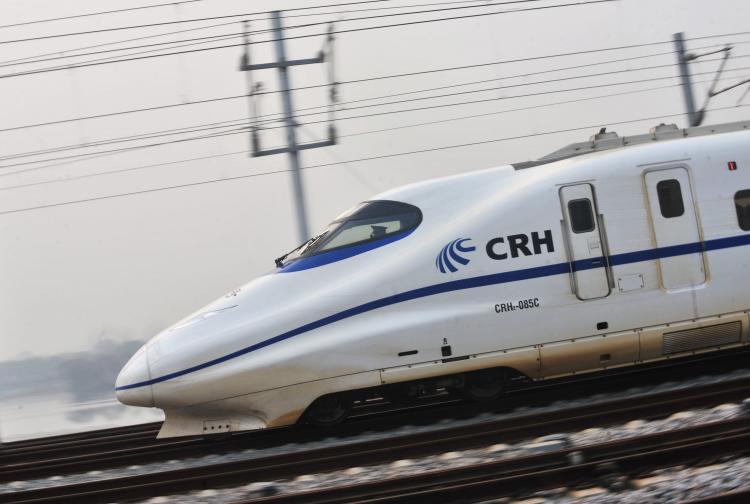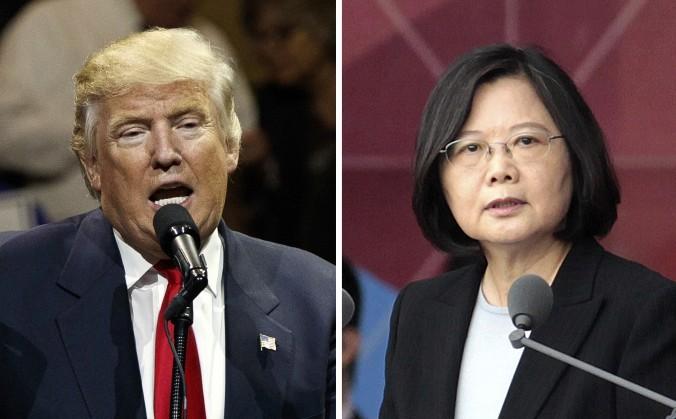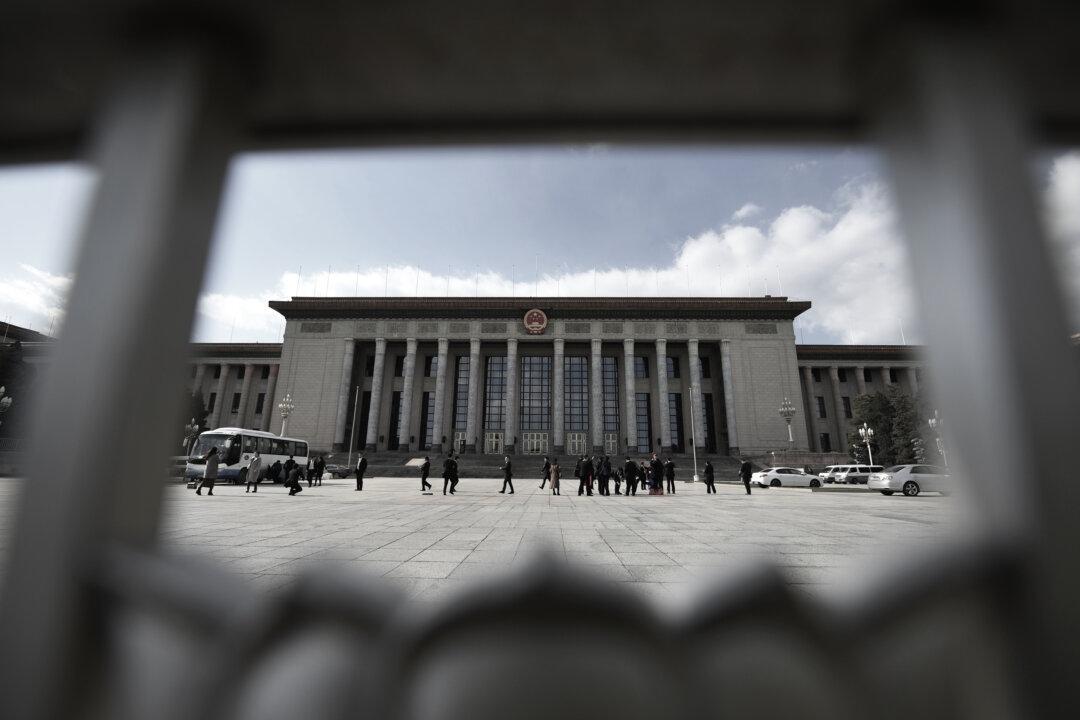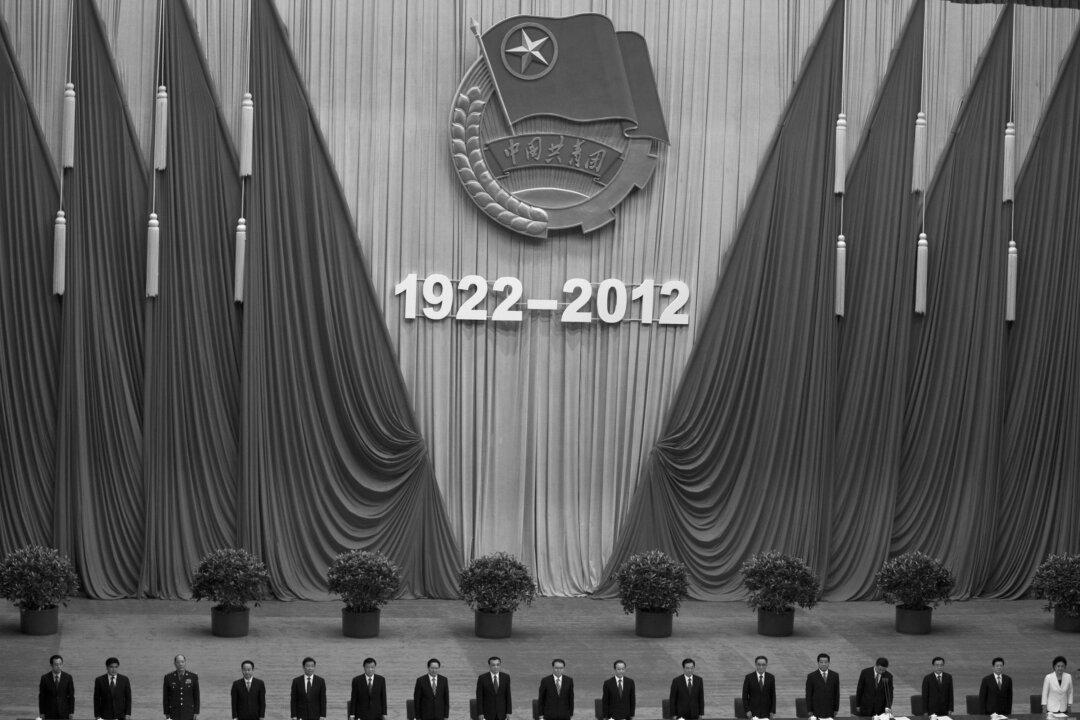Less than two weeks after the launch of the Wuhan-Guangzhou “bullet” train on Dec. 26, public sentiment towards entering the era of bullet trains suddenly changed from elation to dejection.
The Wuhan-Guangzhou bullet train is said to be the world’s longest, fastest and most costly railway system, and an obvious opportunity for the Chinese Communist Party to show off its political and economic achievements. However, to the convenience-minded public, the expensive fares and reduction in ordinary train traffic have instead made this new form of public transport unaffordable, just like, many say, housing prices. Chinese now mock themselves for being exploited.
A look at the fare prices explains these sentiments. Fare for a first class seat is 780 yuan (approximately US$114), a second class seat is 490 yuan (US$72). This is not only three times higher than ticket prices for the cheapest seat on a normal train, but no cheaper than air tickets. Normally, the airfare from Guangzhou to Wuhan is around 400 yuan (US$58), while during off peak periods it is only around 300 yuan (US$44). On Dec. 26, it even dropped to 180 yuan (US$26).
Furthermore, the bullet train stations at the two ends, Wuhan and Guangzhou, are far from the city centres. Once the cost of connecting to the train is included, the total cost to commute by bullet train is exorbitant. The majority of railway passengers on the Wuhan-Guangzhou line are farmers from Hubei, Hunan Province, etc. During the Lunar Chinese New Year in Spring, to the millions of farmers who are short of cash rather than lack of time, they queue up for several days and nights in the bitter cold just to buy a cheap train ticket. A trip on the bullet train would cost the equivalent of one month’s worth of living expenses.
Fewer Travel Options
Because of the launch of the bullet train, 13 ordinary short-distance railway lines along the Wuhan-Guangzhou route will stop operating. At the same time, point to point routes from Wuhan to Guangzhou, Wuhan to Shenzhen, and Wuhan to Changsha will gradually stop operating. Obviously this is a case of using political power to force the public to accept the new railway system. This means that those with a low to medium income will be caught in the dilemma of either not going home for the Chinese New Year or tightening their belt to save up for train tickets.
Four days after the Wuhan-Guangzhou line commenced operation, the average occupancy rate has been less than 40 percent. Trains running before 8 a.m. and after 6 p.m. have the largest number of unsold seats every day, with an average of more than 1,000 seats out of a total of 1,200 seats.
Thus, despite the era of bullet trains being heralded by officials, it does not mean that the majority of Chinese citizens can afford to ride the bullet train. The contrast between ticket prices and the public’s spending power is too great. This is similar to the situation of exorbitant property prices existing alongside humble abodes. The rich who belong to the minority can afford to catch a plane or ride on bullet trains. The vast majority can only look at airplanes and bullet trains and sigh. In 2008, the monthly disposable income of town and city dwellers in the whole of China was only 1,315 yuan (US$192).
The average monthly disposable income of workers in Guangzhou city was 2,109 yuan (US$309) whereas in Wuhan it was 1392 yuan (US$204). Disposable incomes of those in many small to medium sized cities along the Wuhan-Guangzhou rail are even lower. A young man working in the Pearl River Delta region has to spend 980 yuan (US$143) to travel a thousand kilometers to and fro on a bullet train ride in order to go back to his hometown in Hubei for Chinese New Year. This is equivalent to wages of half a month or a month. In the U.S., an airfare from New York to San Francisco—travel distance of more than 4,100 kilometers, only costs US$249. This is only 7 percent of average wages. In comparison, ticket prices for China’s bullet train are set too high and the spending power of the masses is too low.
On the surface, it seems that the Communist regime has set a high price for the bullet train fares in order to recover its investment. Total investment in the Wuhan-Guangzhou railway is 110 billion yuan (US$16 billion). The CCP has said that it must recover its costs in ten years. This means that every year, returns must exceed 10 billion yuan (US$1.46 billion). Therefore ticket prices must be set around 500 yuan ($74) to reach this goal.
Does the CCP desperately need this sum of money? Not necessarily. In 2009, the public transport expense incurred by government officials was as high as 150 to 200 billion yuan ($22 billion). Including food and overseas expedition expenses, these three expenses together add up to 900 billion yuan, making up 30 percent of the country’s total administrative expenses. Therefore, if the regime exercises a little restraint in spending, it would not be difficult to recoup the 110 billion yuan investment in the bullet train system. Corruption and squandering funds, however, are staple perquisites for communist cadres.
Crony Capitalism
In reality, there are two reasons for setting the high bullet train fare. One is that the CCP has totally disregarded the low spending capability of the masses. If it did, it could have reduced fare prices and allowed more time for the recovery of funds invested. If the time for investment recovery is extended to 22 years, then annual turnover needs to be more than 5 billion yuan. Average fare price then needs to be 170 yuan to reach this goal. However the regime did not want to consider this option.
Secondly, on the surface the implementation of the bullet train is beneficial to the public. In reality, it is robbing the masses through exorbitant fares and giving monopolized state enterprises and local governments the opportunity to reap profits. The construction of the bullet train should not be purely a commercial investment. It should be using tax payer’s money to alleviate tax payers’ transport woes, especially during the Chinese New Year holidays. But in concrete actions, the regime has created a flow of wealth towards a few train manufacturers and road infrastructure companies via state policy.
These big monopolized enterprises have reaped benefits from being awarded with contracts. At the same time, local governments can attract investment through improved transport systems and therefore increase their incomes. Local government and monopolized state enterprises have benefited, but the costs of investment have been transferred to the public in the form of high ticket prices. This is a typical example of crony-capitalism, the CCP robbing the people.
The CCP claimed that building the new bullet train system would boost China’s GDP growth, but it is simply a mean to gloss over its poor investment strategies. In October 2008, the CCP approved a 2,000 billion yuan investment in building railroads, which includes 1,200 billion in construction projects (including the Wuhan-Guangzhou bullet train). The development of the bullet train system is projected to reach 18,000 kilometers in 2020.
The problem is that the benefits of the investment are restricted to cement, steel, train industries, and local government. It does not lead to an increase in public spending power. On the contrary, it has taken away public funds from medical care, education, old age pensions etc. If civilians perceive that there is no safeguard in the areas of medical insurance, medical expenses, education and so on, they will cut back spending on daily necessities. The claim that building the bullet train will boost domestic demand is actually nonsense.
Although the hardware of the Wuhan-Guangzhou bullet train system is in the league of developed countries, there have been frequent accidents, and the service is still at the level of less-developed and autocratic countries. On Dec. 29, the bullet train on the route from North Guangzhou to Wuhan experienced a device failure triggered by passengers smoking in the carriage. It was three hours late as a result. Subsequent trains were disrupted and thousands of passengers were affected.
Many passengers became agitated while the train stopped operating, however the crew did not seem to know anything and instead locked the passengers in the carriage. On Dec. 30, there was a malfunction on another train heading towards Guangzhou and it had to return to Changsha, causing a delay of more than an hour. On the night of Dec. 29, another incident happened. Eight boxes of abandoned explosives were found below a bridge on a section of the Wuhan route. Apparently it was an intentional threat. It seems that disgruntled civilians have found a new means to express their anger and dissatisfaction in the troubled society.
Read the original Chinese article.




